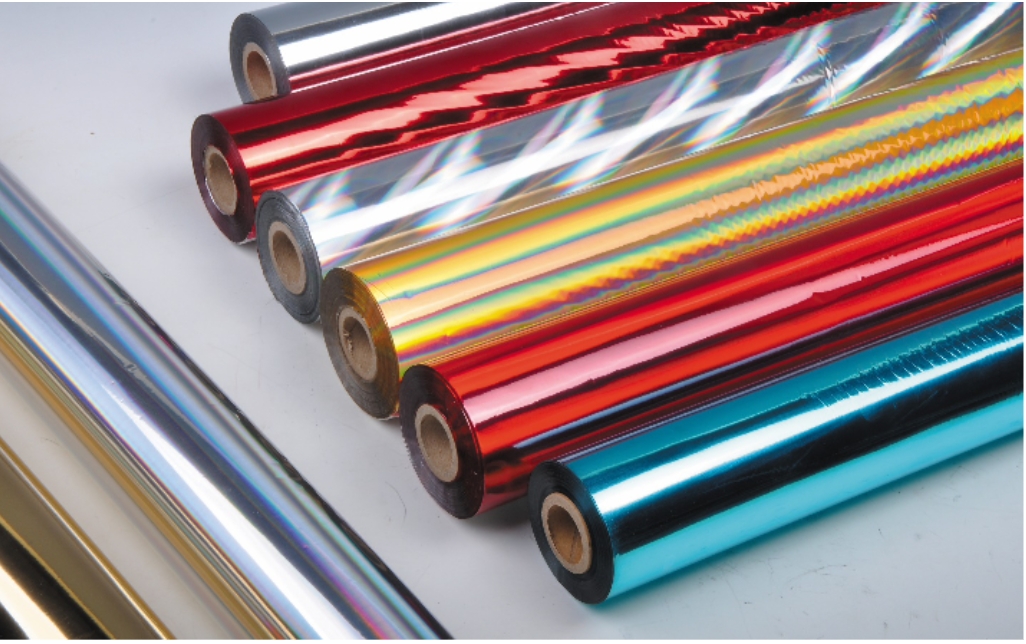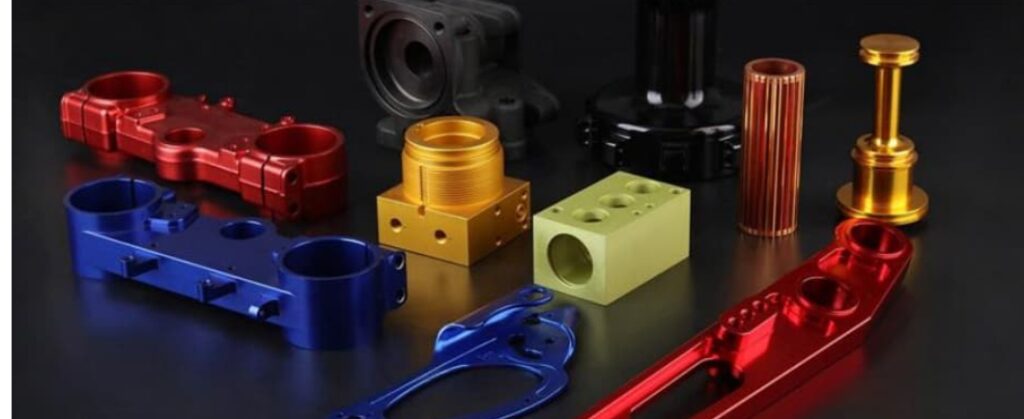How To Anodize Aluminum?

Anodizing is an electrochemical process that gives aluminum’s surface a resilient, visually pleasing, and corrosion-resistant finish. A protective oxide layer is created by dipping aluminum in an acid electrolyte bath and applying an electric current across it.
This procedure greatly strengthens the metal’s resilience to wear and corrosion while improving its appearance with various color options. Manufacturers like XMAKE Manufacturing prefer anodized aluminum because of its improved durability and adaptable appearance, making it perfect for multiple applications. Let’s learn it in more depth!
Understanding the Process
Electrochemical reactions, in which aluminum is submerged in an acid electrolyte bath while an electric current is run through it, are the first step in the anodizing process, because of these current, aluminum atoms on the surface mix with oxygen ions from the electrolyte to form a protective coating.
Controlled oxidation creates this protective layer, also called the anodic oxide layer. It improves the metal’s ability to withstand corrosion and wear and can be colored to enhance the look and utility of aluminum.
Preparation of Aluminum

The first step in preparing aluminum for anodizing is thoroughly cleaning the surface. This is cleaning the surface to ensure a smooth and even finish by removing any debris, oil, or other contaminants that can interfere with the anodizing process.
The metal is etched and degreased to remove impurities further and provide a smooth surface. While degreasing ensures that any leftover oils or residues are removed, etching removes a thin metal coating.
Lastly, any metal sections unsuitable for anodizing are covered with masking. When selective anodizing is needed for a part, this process is essential. The aluminum is prepared for the anodizing process by being masked and submerged in the electrolyte bath.
Anodizing Process
The anodizing process begins by setting up the anodizing bath, which typically contains an acid electrolyte solution like sulfuric acid. After that, aluminum components are immersed in this solution, and a conductive apparatus is built to allow an electric current to flow through the mixture.
Voltage and current control are crucial to achieve the appropriate anodic oxide layer. The electric current aids the electrochemical reaction that creates the protective layer on the aluminum surface. Consistency and uniformity in the anodized coating are guaranteed by precise control.
The temperature and time of the anodizing process are carefully controlled to affect the anodic oxide layer’s quality and thickness. More heat and longer anodizing times usually yield thicker, more resilient coatings; careful control guarantees the best results for particular uses.
Applications and Case Studies

Take the production of high-quality aluminum smartphone cases as an example. Initially, the aluminum parts are cleaned to remove any contaminants. They are then submerged into an electrolyte solution and connected to an electric current.
As the process progresses, an oxide layer forms on the surface, creating a protective anodic coating that is both hard-wearing and can be dyed in various colors. The result is a sleek, robust, and visually appealing product that stands up to daily wear and tear.
This example illustrates the seamless integration of functionality and style through anodization, a testament to the process’s enduring value in modern manufacturing.
Conclusion and Future Trends
Anodizing improves aluminum’s strength, resilience to corrosion, and aesthetics, making it ideal for various uses. This protective oxide coating greatly increases the lifetime of aluminum products.
Anodizing is becoming eco-friendlier and economical thanks to new technologies. Additionally, XMAKE Surface Finishing is an expert in providing premium anodized aluminum solutions for commercial and artistic uses. Its rising demand for innovative manufacturing and sustainable design shows anodized aluminum’s bright future.
About Author:

Frank Lee, at the helm of XMAKE, steers the company’s vision with expertise honed over 16 years in the field. A graduate of HIT, he has served as a Lean Manufacturing System expert at General Motors and a global evaluator. Frank has a proven track record of pioneering improvements across 1,000 factories. His extensive experience and leadership have driven significant advancements in manufacturing processes.



